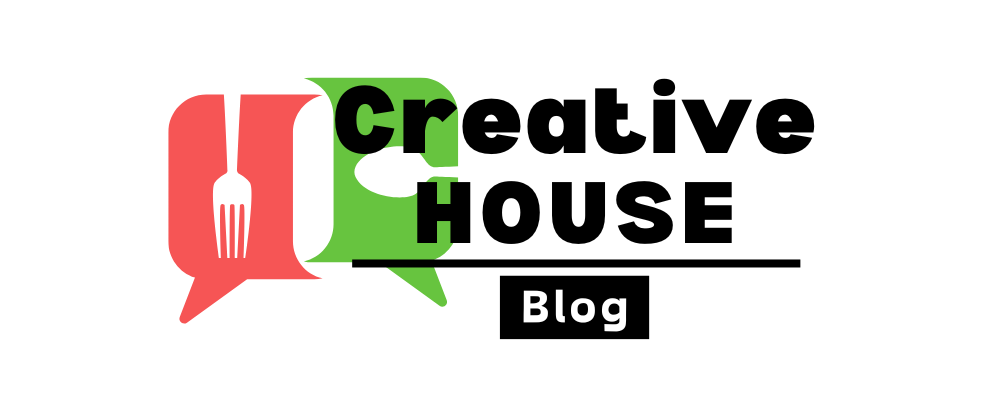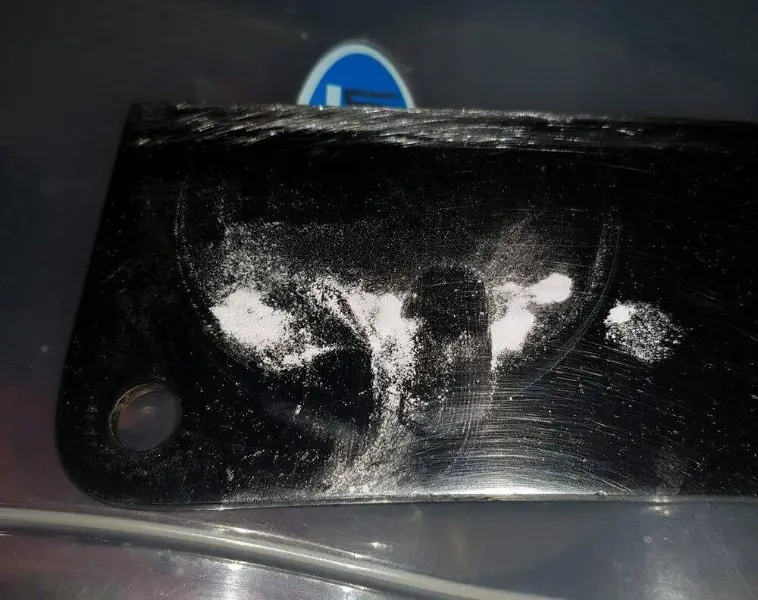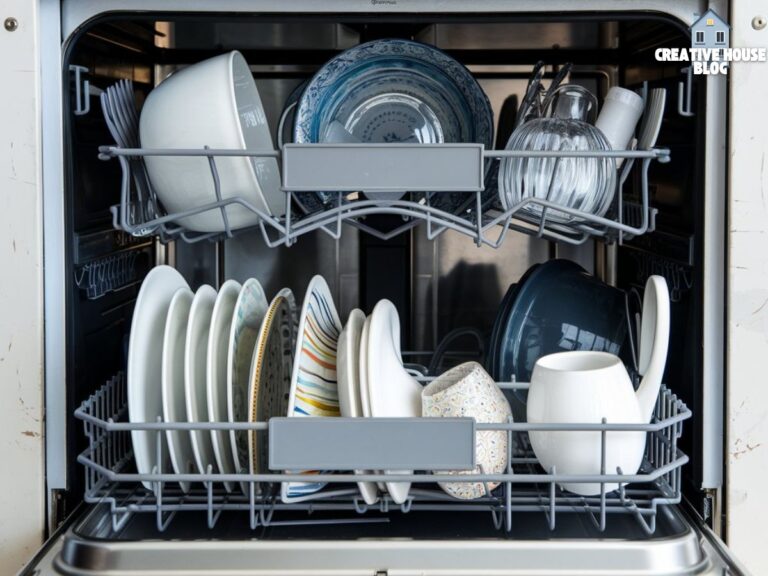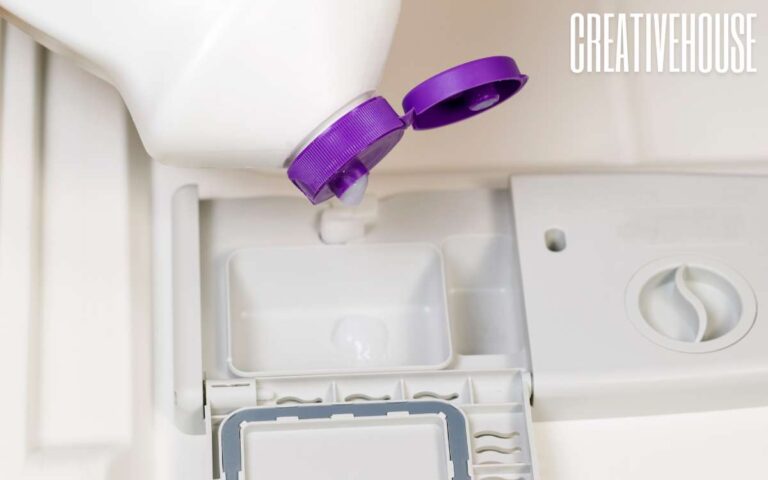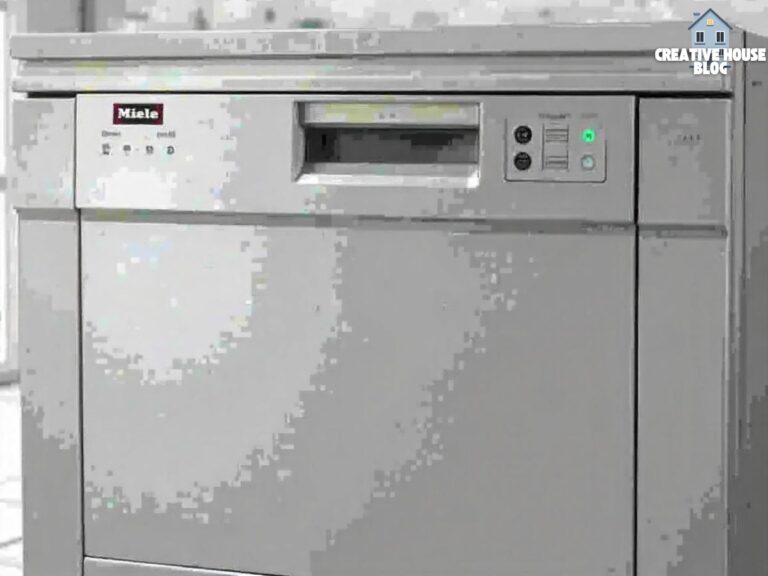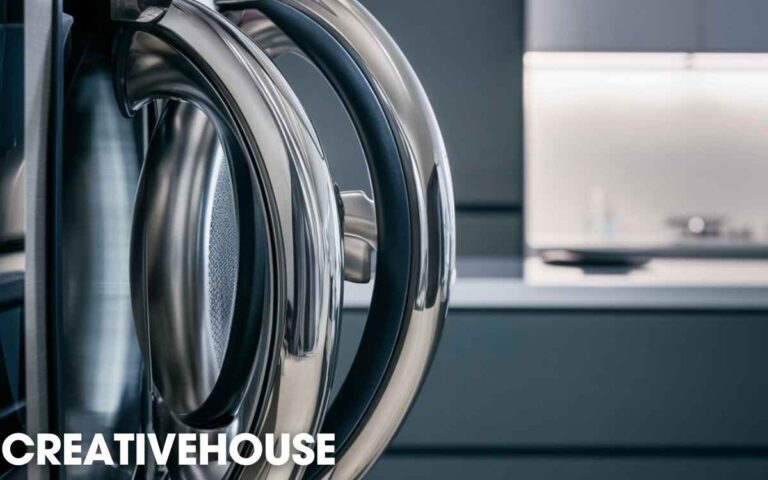Frigidaire dishwashers are known for their reliability and efficiency in the kitchen. However, like any appliance, they can occasionally run into problems.
When your dishwasher displays an error code, it can be frustrating, especially when you rely on it for clean dishes.
Understanding how to fix Frigidaire dishwasher error codes is essential for keeping your appliance in top shape.
This guide will provide step-by-step troubleshooting solutions to help you tackle common error codes, ensuring your dishwasher runs smoothly once again.
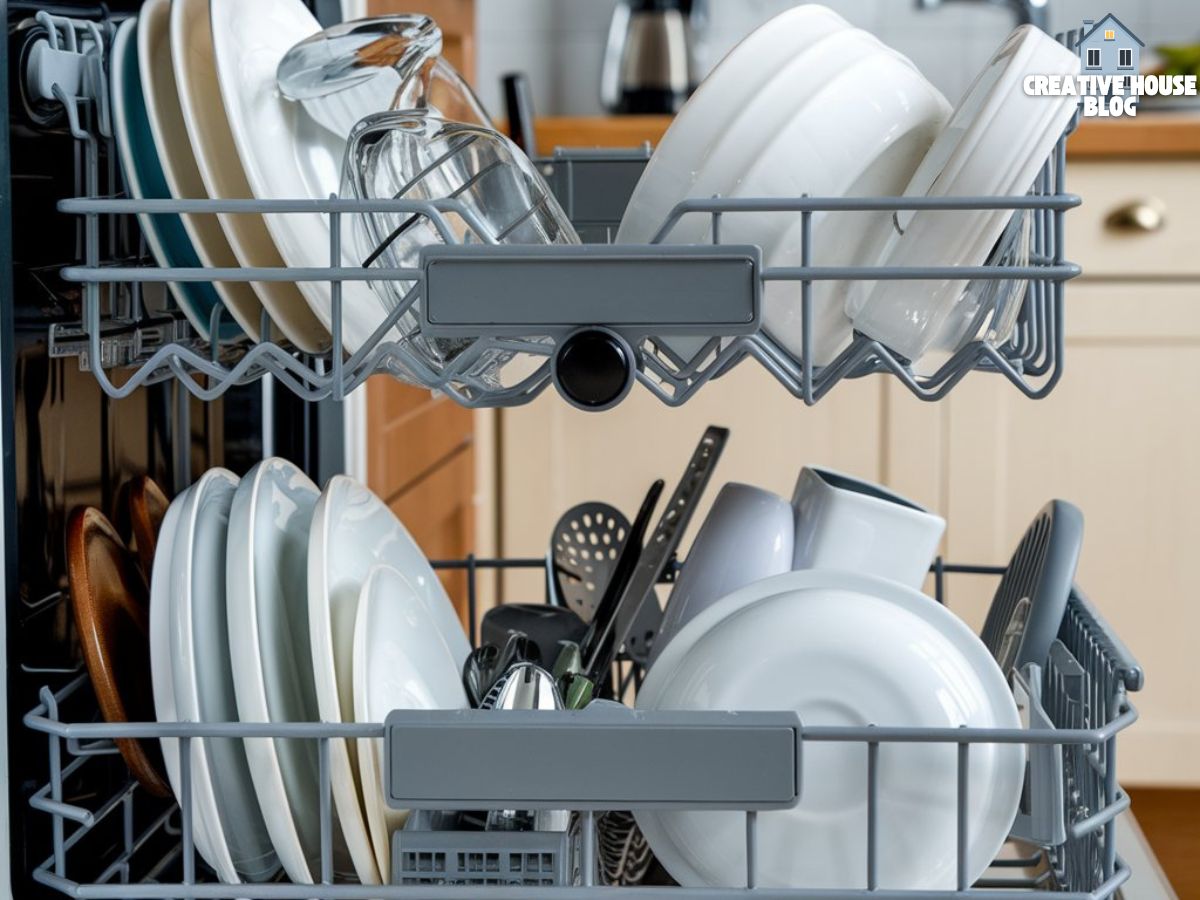
Key Takeaways
Expert Guide
Common Frigidaire Dishwasher Error Codes and Their Meanings
Identifying the specific error code your dishwasher displays is the first step in resolving the problem.
Below are some of the most common Frigidaire dishwasher error codes and their meanings:
Error Code E1: Water Inlet Issue
This code suggests that the dishwasher isn’t filling with water as expected. Causes may include a closed water valve, a clogged inlet filter, or a kinked hose obstructing the water flow. Ensuring water intake is clear is essential for proper functionality.
Error Code E2: Water Drainage Problem
E2 typically indicates a problem with the dishwasher’s drainage, often because of blockages in the filter or drain hose. This can prevent water from being expelled properly, leading to pooling or delayed cycles.
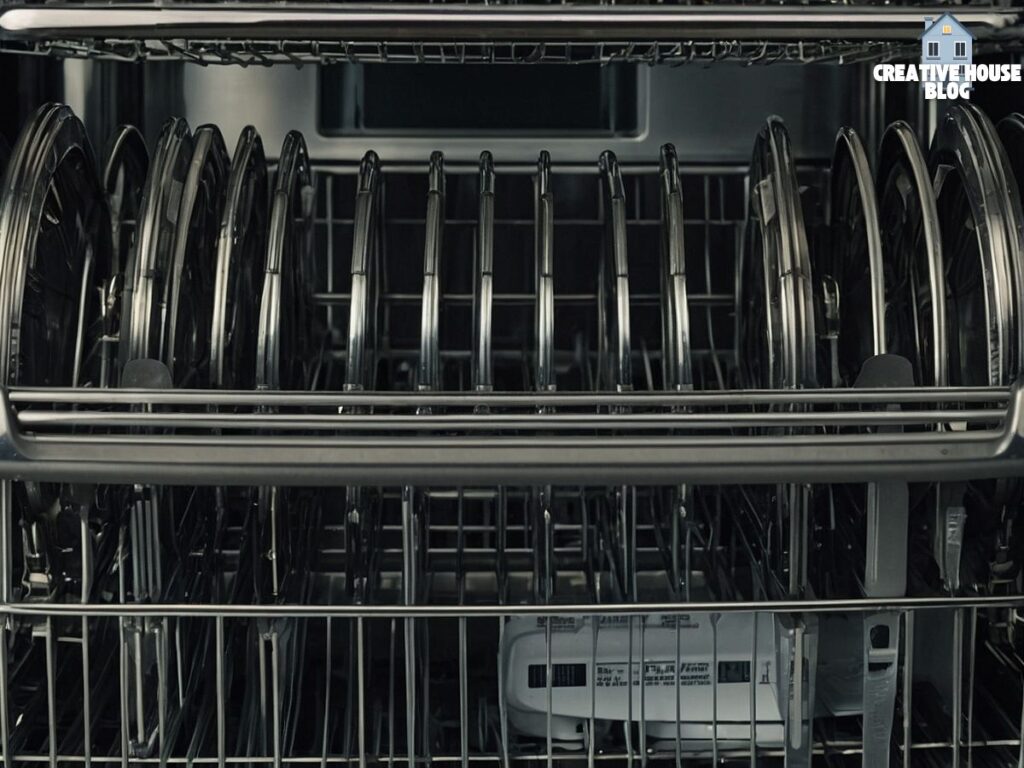
Error Code E3: Heating Issue
When E3 appears, it signals that the dishwasher isn’t heating the water adequately. This can be due to issues with the heating element, which may prevent the appliance from reaching the necessary temperature for effective cleaning.
Error Code E4: Overflow Protection
E4 alerts the user to a potential overflow inside the dishwasher. If water levels exceed safe limits, this code activates, as the dishwasher’s sensors detect an overfill risk that could lead to leaks or internal flooding.
Related Articles: Is Dishwasher Detergent Toxic? Understanding the Real Risks
Error Code E5: Sensor Malfunction
E5 indicates a malfunction with either the temperature or turbidity sensor. When sensors can’t gauge water temperature or clarity accurately, the appliance may struggle to adjust washing or heating cycles efficiently.
Step-by-Step Troubleshooting Guide
After identifying the error code, follow these steps to troubleshoot your Frigidaire dishwasher effectively:
Step 1: Reset the Dishwasher
Sometimes, a simple reset can resolve error codes. Here’s how:
- Turn Off the Power: Unplug the dishwasher or turn off the circuit breaker for 5-10 minutes. This can clear any temporary errors that may have occurred.
- Plug it Back In: Restore power and run a test cycle. If the error code reappears, continue troubleshooting.
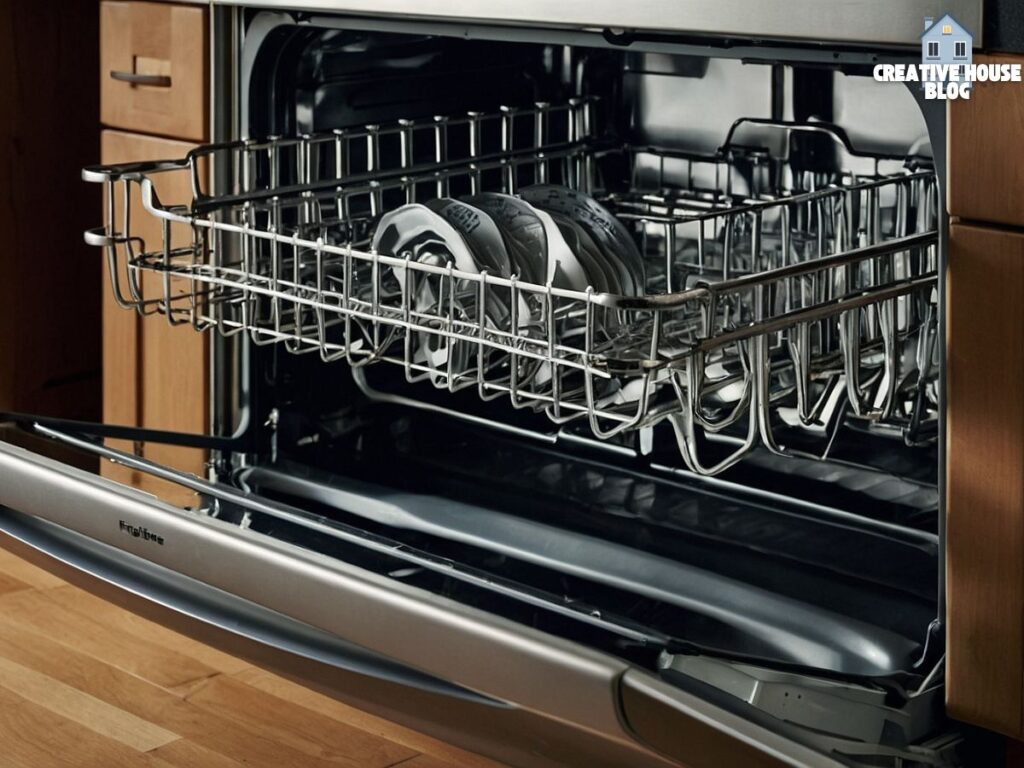
Step 2: Check Water Supply and Drainage
For error codes E1 and E2, follow these steps:
- Inspect the Water Supply: Make sure the water supply valve is fully open. If not, turn it counterclockwise to open it completely.
- Examine the Inlet Hose: Check for kinks or blockages in the inlet hose. Straighten any kinks and clear any debris. Ensure the hose is properly connected to both the dishwasher and the water supply.
- Clean the Filter: Remove the filter located at the bottom of the dishwasher. Rinse it under running water to remove any food particles or debris that may be obstructing water flow.
Step 3: Inspect Heating Element and Thermostat
For error code E3, it’s essential to check the heating components:
- Turn Off the Power: Always ensure the dishwasher is powered down before inspecting internal components to avoid any electric shock.
- Access the Heating Element: Locate the heating element at the bottom of the dishwasher. Look for any visible damage, corrosion, or breaks in the element.
- Test with a Multimeter: Use a multimeter to check for continuity. If there is no continuity, the heating element needs to be replaced.
Related Articles: Is Dishwasher Detergent Bad for The Environment? What’s The Real Scenario?
Step 4: Examine Overflow Protection
To troubleshoot error code E4, take the following steps:
- Check for Leaks: Inspect the dishwasher and surrounding area for leaks. If you find water pooling around the dishwasher, it may indicate a leak that needs immediate attention.
- Inspect the Float Switch: The float switch is responsible for detecting water levels. Ensure it moves freely and is not stuck. Clean any debris around it to ensure proper functioning.
Step 5: Diagnose Sensor Malfunction
For error code E5, focus on the sensors:
- Check Sensor Connections: Open the dishwasher door and inspect the connections for the temperature and turbidity sensors. Make sure there are no loose or damaged wires that might affect the sensors’ performance.
- Replace the Sensor: If the sensor is damaged or malfunctioning, consider replacing it to restore normal operation. You may need to consult your user manual for guidance on locating and replacing the sensor.
Related Articles: Can I Wash Clothes with Dishwasher Detergent?
Preventive Measures to Avoid Future Errors
Preventing issues before they arise is crucial for maintaining your dishwasher’s performance. Here are some preventive measures:
- Regular Cleaning: Clean the filter and spray arms monthly to prevent clogs and ensure optimal cleaning performance. Remove any food particles and debris to maintain proper water flow.
- Inspect Hoses and Connections: Regularly check hoses for kinks or blockages. Ensure all connections are secure and there are no signs of wear or damage.
- Run Cleaning Cycles: Use dishwasher cleaner periodically to eliminate mineral deposits and grime buildup. This helps maintain the dishwasher’s efficiency and prevents unpleasant odors.
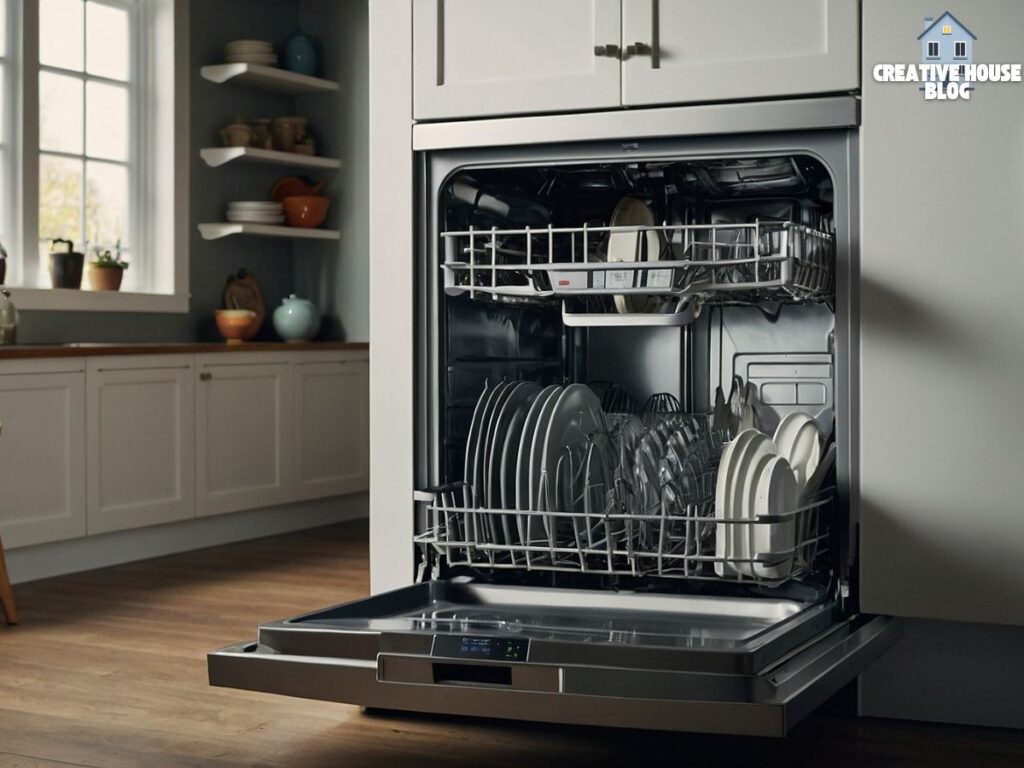
Understanding how to fix Frigidaire dishwasher error codes can save you time and money on repairs.
Related Articles: Which One Is Better Between Dishwasher Pods and Liquid?
By following these troubleshooting steps, you can quickly diagnose and resolve common issues with your appliance.
Also, Regular maintenance is key to preventing future problems, ensuring your dishwasher remains efficient and reliable. Taking the time to address these
Explore Also:
Dietsheriff
Gigasecurehome
Mycleanseplan
Error codes not only extends the lifespan of your dishwasher but also enhances your overall kitchen experience by ensuring your dishes come out clean every time.
FAQs Of How to Fix Frigidaire Dishwasher Error Code?
How do I reset my Frigidaire dishwasher?
To reset your Frigidaire dishwasher, unplug it from the power source or turn off the circuit breaker for 5-10 minutes. Plug it back in and run a test cycle to see if the error code has cleared.
Why is my Frigidaire dishwasher not draining?
If your dishwasher is not draining, check for clogs in the filter or drain hose. Cleaning these components often resolves the issue. Also, make sure the drain hose is not kinked or improperly positioned.
How can I prevent heating issues in my Frigidaire dishwasher?
Regularly inspect the heating element and ensure it is clean and functioning properly. Check for any error codes related to heating and address them promptly.
Is it safe to troubleshoot a Frigidaire dishwasher on my own?
Yes, many common issues can be resolved with basic troubleshooting. However, for complex electrical or mechanical issues, it’s best to consult a professional technician to avoid potential hazards.
When should I call a technician?
If you’ve tried all troubleshooting steps and the error code persists, or if you suspect a serious issue such as a malfunctioning motor or electrical problem, it’s wise to contact a qualified technician for repair.
